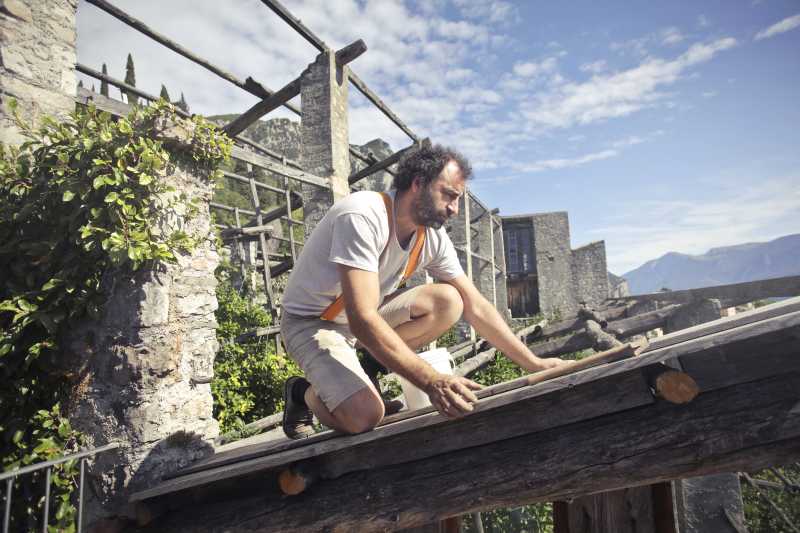As the world continues to evolve, so does the healthcare industry. One of the most significant advancements in recent years is the application of data science in healthcare. This powerful tool is revolutionizing the way we approach patient care and diagnosis, leading to more accurate results and improved patient outcomes. But how exactly does it work, and what benefits does it offer? Let’s dive in and find out.
Understanding the Role of Data Science in Healthcare
Data science, at its core, involves the extraction of meaningful insights from large and complex datasets. In healthcare, these datasets can include patient records, treatment plans, and even genetic information. By analyzing this data, healthcare providers can make more informed decisions about patient care and diagnosis.
For example, data science can help identify patterns and trends in patient health, allowing for early detection of diseases. It can also aid in the development of personalized treatment plans, taking into account a patient’s unique health history and genetic makeup.
How Data Science is Improving Patient Care and Diagnosis
There are several ways in which data science is improving patient care and diagnosis. Here are just a few:
Conclusion
In conclusion, data science is playing a pivotal role in improving patient care and diagnosis. By leveraging the power of data, healthcare providers can make more informed decisions, detect diseases earlier, and develop personalized treatment plans. As we continue to advance in this field, the possibilities for improved patient care are endless.
If you’re interested in learning more about how data science can improve your healthcare practice, don’t hesitate to contact us. At Roof Repairs Services, we specialize in both residential and commercial roofing installation services. We’re here to help you navigate the complex world of data science and healthcare, and ensure you’re making the most of this powerful tool.
Don’t wait until it’s too late – start improving your patient care and diagnosis with data science today.

